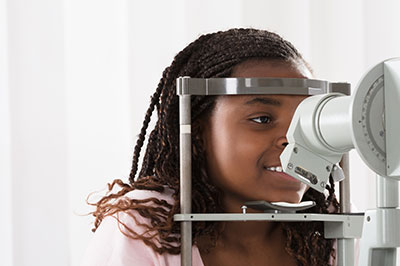
Our Office
Visit Us Online
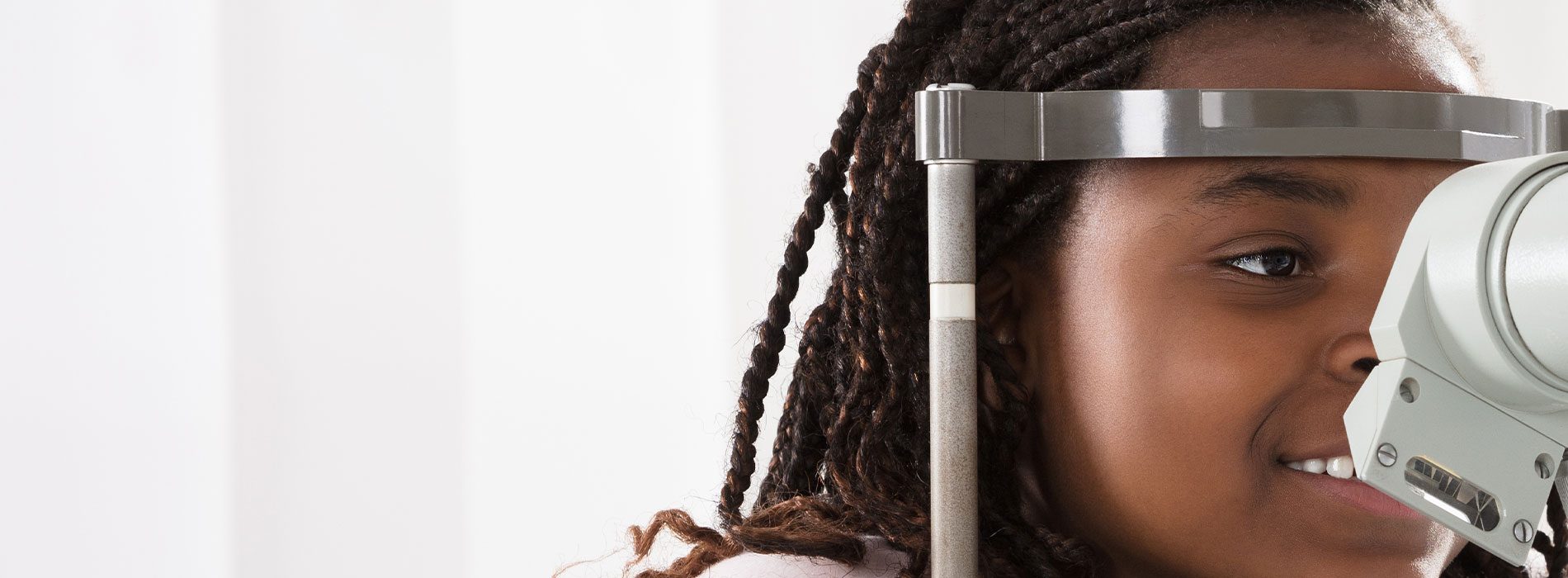
There are many eye problems which can occur without symptoms. Because of this, it is important for everyone to have a complete eye examination.
A complete eye exam involves several exam elements, including: history taking, visual acuity, refraction, muscle function testing, measuring pupillary reaction, peripheral vision, tonometry, fundus examination and specialized testing. Although all these elements constitute a complete eye examination, the refraction and certain specialized tests are charged separate from a "comprehensive exam" charge.
An understanding of your medical, social, and family histories helps to facilitate your eye examination. There are many medical conditions which can affect your eyes either short-term or long-term. Your social history is important so we have a better understanding of what will work best for you and your lifestyle. There are many eye diseases and conditions which run in families. It is therefore important to understand your family's medical history, as much as possible.
Measuring how well you can see with and/or without your best correction is an essential part of an eye examination. You will be asked to read letters, numbers, or pictures from a standardized Snellen chart to test each eye's ability to see. If you are over 40 year old, we also measure your ability to see up close with a near chart. Normal distance vision is 20/20. If you have 20/50 vision, that means that you have to be 20 feet away to see what a normal eye can see at 50 feet.

A refraction is the process used to find a prescription that gives you your best visual acuity ("Which is better, one or two?"). A refraction is used to find your personal glasses and contact lens prescriptions.
During a complete eye examination, we measure the muscle functions of your eyes. We measure how your eyes are aligned and move together.
Using a light source, we measure your pupil size and function under dim and bright lighting.
A gross visual field test is performed to measure your peripheral or side vision, in which you will be asked to count fingers held up to the side while you look straight ahead.
Tonometry is the measurement of your intraocular pressure, or pressure of the eye. Normal eye pressure is between 10-21 mm Hg. There are several ways to measure eye pressure. We use a Goldmann tonometer, which is the most accurate way to measure intraocular pressure.
A fundus examination is an examination of the posterior section of the eye (back of the eye). The only way to completely examine the back of the eye is to have the eye dilated with eye drops.
There are many special tests we perform based on your eyes and your conditions. Some of these tests include: color vision, stereo testing (depth perception), dyslexia evaluations, visual field testing, pachymetry (corneal thickness), corneal topography, Optical Coherence Tomography (OCT), Brightness Acuity Testing (BAT), etc.
The American Academy of Ophthalmology gives the following recommended intervals for complete eye examinations:
It is possible for your child to have a serious eye problem without realizing it. Your child should have his or her eyes screened during regular pediatric appointments. If there is a family history or if your child experiences any of the following conditions, your child should have a complete eye examination before age 3:
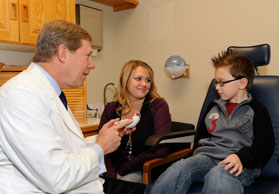
Children and teenagers should be screened every one to two years. There are many problems or conditions which may require your child to be seen more often, in which you will need to consult with your ophthalmologist.
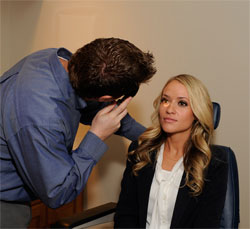
Young adults should have a complete eye examination at least once between the ages of 20-29 and at least twice between the ages of 30-39. There are many problems or conditions which may require you to be seen more often, in which you will need to consult with your ophthalmologist.
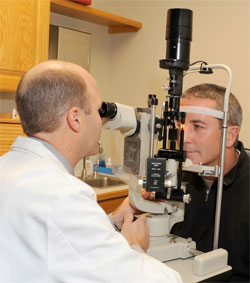
As of July 2007, the American Academy of Ophthalmology recommends the following:
Adults with no signs or risk factors for eye disease should get a baseline complete eye examination at age 40. Based on the results, your ophthalmologist will prescribe the necessary intervals for follow-up exams.
Individuals at any age with symptoms of or at risk for eye disease should see their ophthalmologist to determine how frequently their eyes should be examined.
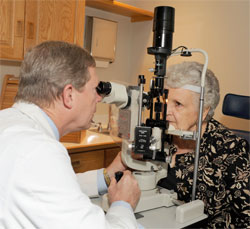
Individuals 65 years old and older should have regular complete eye examinations every one to two years to check for cataracts, glaucoma, macular degeneration, diabetic retinopathy and other eye conditions.

Layton Location
Ogden Location
Layton Location
Clinic Hours:Ogden Location
Mon - Fri: 9:00 am - 5:00 pm